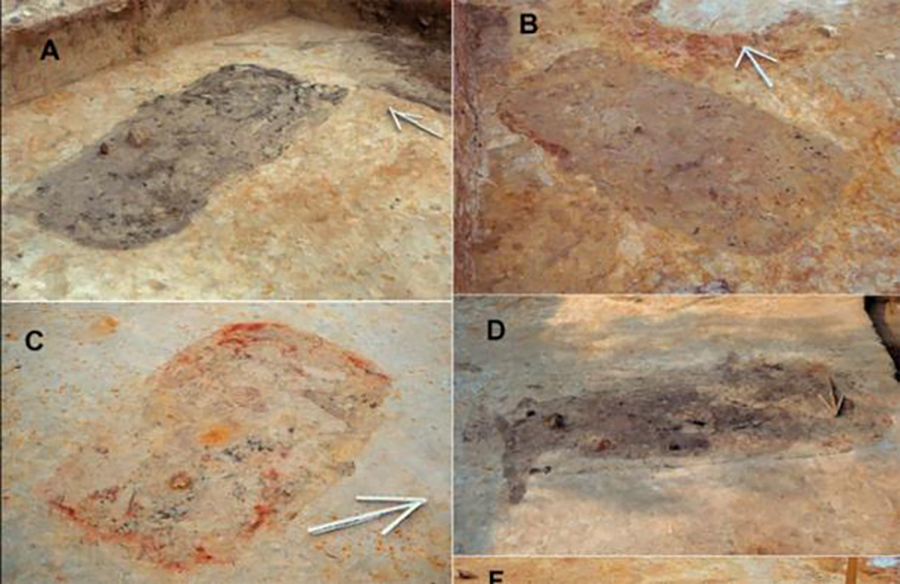The Valley of the Kings stands as a testament to the mysteries of ancient Egypt’s burial customs, offering a glimpse into the rich tapestry of the civilization’s history. Unlike the towering pyramids, the tombs in this valley are hidden deep underground, a deliberate strategy aimed at thwarting tomb raiders. The disarray of human and animal remains found in some tombs presents a formidable challenge for archaeologists attempting to unearth the secrets concealed beneath layers of dust and time.
Evolution of Burial Practices
Over millennia, ancient Egyptian burial practices evolved into a sophisticated industry. Wealthy individuals spared no expense in ensuring a secure passage to the afterlife, adorning coffins with spells from the Book of the Dead. The recent discovery of a massive tomb containing over a hundred coffins serves as a testament to the scale of this enterprise, involving various artisans, merchants, priests, and other professionals.
Tutankhamun’s Supernatural Tomb
Tutankhamun’s tomb, often described as a supernatural suitcase for the afterlife, offers a fascinating insight into ancient Egyptian beliefs. The tomb contained an array of provisions, including pitted dates and pre-cooked meats, meticulously preserved to provide comfort in the afterlife. This meticulous attention to detail underscores the ancient Egyptians’ unwavering commitment to ensuring a luxurious existence beyond death.
Unraveling the Mystery
Beyond the confines of the Valley of the Kings, the mystery deepens with the discovery of a sealed pyramid in Dahshur. Millennia after its construction, archaeologists uncovered a tomb that had been plundered by ancient grave robbers, leaving behind fragmented clues about a mysterious princess. The ongoing quest to decipher her identity and unravel the circumstances of her burial adds another layer to the intricate tapestry of ancient Egyptian funerary practices.








